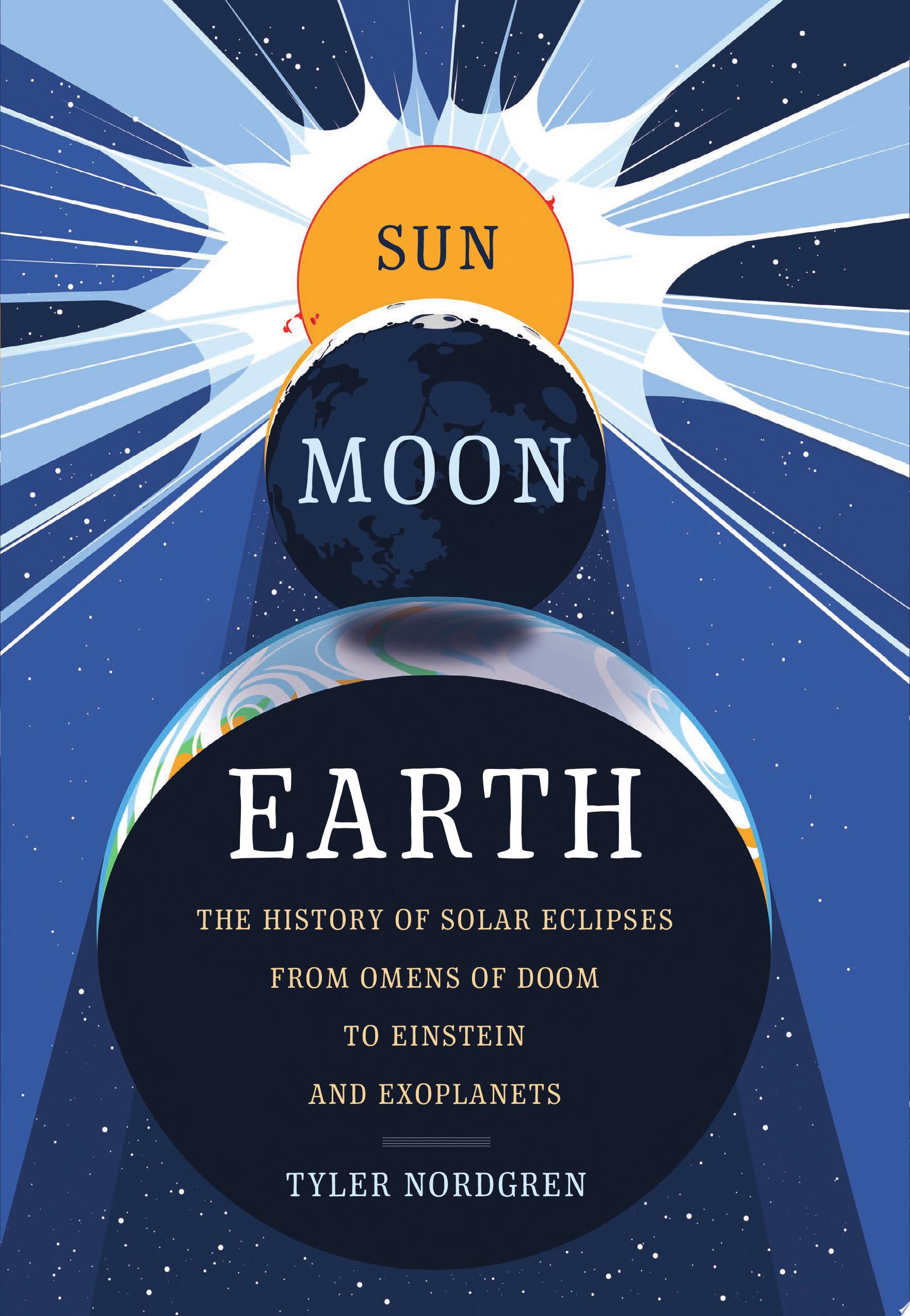Spanning time, styles, and traditions, a dazzling collection of essential works from 140 Latine writers, scholars, and activists from across the world--from warrior poet Audre Lorde to novelist Edwidge Danticat and performer and author Elizabeth Acevedo and artist/poet Cecilia Vicuña--gathered in one magnificent volume.
Daughters of Latin America collects the intergenerational voices of Latine women across time and space, capturing the power, strength, and creativity of these visionary writers, leaders, scholars, and activists--including 24 Indigenous voices. Several authors featured are translated into English for the first time. Grammy, National Book Award, Cervantes, and Pulitzer Prize winners as well as a Nobel Laureate and the next generation of literary voices are among the stars of this essential collection, women whose work inspires and transforms us.
An eclectic and inclusive time capsule spanning centuries, genres, and geographical and linguistic diversity, Daughters of Latin America is divided into 13 parts representing the 13 Mayan Moons, each cycle honoring a different theme. Within its pages are poems from U.S. Poet Laureate Ada Limón and celebrated Cervantes Prize-winner Dulce María Loynaz; lyric essays from New York Times bestselling author Naima Coster, Pulitzer prize-winning playwright Quiara Alegría Hudes, and Guggenheim Fellow Maryse Condé; rousing speeches from U.S. Representative Alexandra Ocasio-Cortez, and Lencan Indigenous land and water protector Berta Caceres; and a transcendent Mazatec chant from shaman and poet María Sabina testifying to the power of language as a cure, which opens the book.
More than a collection of writings, Daughters of Latin America is a resurrection of ancestral literary inheritance as well as a celebration of the rising voices encouraged and nurtured by those who came before them.
In addition to those mentioned above, contributors include Elizabeth Acevedo, Julia Alvarez, Albalucia Angel, Marie Arana, Ruth Behar, Gioconda Belli, Miluska Benavides, Carmen Bouollosa, Giannina Braschi, Norma Cantú, Ana Castillo, Sandra Cisneros, Ingrid Rojas Contreras, Angie Cruz, Edwidge Danticat, Julia de Burgos, Lila Downs, Laura Esquivel, Conceição Evaristo, Mayra Santos Febres, Sara Gallardo, Cristina Rivera Garza, Reyna Grande, Sonia Guiñasaca, Georgina Herrera, María Hinojosa, Claudia Salazar Jimenez, Jamaica Kincaid, María Clara Sharupi Jua, Amada Libertad, Josefina López, Gabriela Mistral, Celeste Mohammed, Cherrié Moraga, Angela Morales, Nancy Morejón, Anaïs Nin, Achy Obejas, Alejandra Pizarnik, Yolanda Arroyo Pizarro, Elena Poniatowska, Laura Restrepo, Ivelisse Rodriguez, Mikeas Sánchez, Esmeralda Santiago, Rita Laura Segato, Ana María Shua, Natalia Toledo, Julia Wong, Elisabet Velasquez, Karla Cornejo Villavicencio, Helena María Viramontes, and many more.



































































































